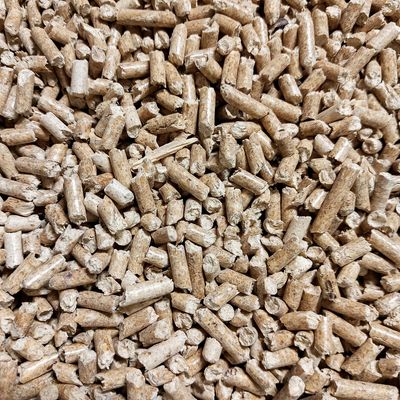Wood Pellet Trade

Wood pellets are small dimension, compressed wood particles and fibres. Typically, they are produced by grinding roundwood, chips, or residues into very fine particles and then forcing the mix through a die to create a semi-solid cylinder. This process results in wood pellets that have lower moisture content, higher energy density, and are more cost-effective to transport than wood chips or other raw materials.
The use of wood pellets significantly increased around 2013 due to long-term subsidy schemes promoting biomass energy use. Pellets are particularly well-suited for use in existing coal-fired power stations, as they can be utilized within the existing fuel handling and processing systems.
The European market, especially the UK, has dominated the import and consumption of industrial wood pellets. More recently, demand has been increasing in Japan and Korea, with supplies into these new markets coming from Vietnam.
Higher quality wood pellets are also utilized for residential heating; these are typically bagged for international transport and domestic consumption.
Wood Pellets - Import & Export
Wood Pellets - Top 20 Importing Countries (2019-23)
Wood Pellets - Top 20 Importing Countries (2019-23)
Wood Pellets - Top 20 Importing Countries (2019-23)

The UK remains the leading importer of wood pellets in the global market, with an average of 28% of all imports - primarily supplied from the USA, Canada, and the Baltics. Japan and Korea are the next largest importers, supplied from the rapidly expanding Vietnamese wood pellet sector.
Wood Pellets - Top 20 Exporting Countries (2019-23)
Wood Pellets - Top 20 Importing Countries (2019-23)
Wood Pellets - Top 20 Importing Countries (2019-23)

The USA is the largest exporter of wood pellets globally, with an average of 24.8% of the export market. In recent years, Vietnam has significantly increased its production of wood pellets and has now surpassed Canada as the second largest exporter, primarily supplying the increasing demand in Japan and Korea.
Contact us to discuss your specific needs and requirements.
We can offer high level analysis at global, regional or national level. We can also offer local level investigation, analysis, evaluation and review.